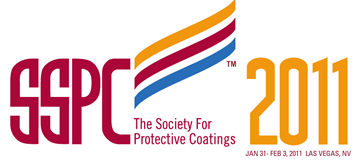Search
Products tagged with '2011 Conference Papers'
View as
Sort by
Display
per page
Polyurea Great Wall Beijing-Shanghai High Speed Railway Polyurea Protection Project
Product Number:
41211-658-SG
Publication Date:
2011
$20.00
Preparing an Inspection Plan for Bridge Maintenance Painting
Product Number:
41211-596-SG
Publication Date:
2011
$20.00
Protective Coatings in 21st Century Nuclear Plants
Product Number:
41211-647-SG
Publication Date:
2011
$20.00
Red Means Go, Polysiloxane Technology on the Roosevelt Island Bridge
Product Number:
41211-632-SG
Publication Date:
2011
$20.00
Regulatory Update: Current and Emerging Trends in Occupational and Environmental Health
Product Number:
41211-618-SG
Publication Date:
2011
$20.00
Reinforced Concrete Protection Using Thermal Sprayed Coatings
Product Number:
41211-609-SG
Publication Date:
2011
$20.00
Retention of Pr-Construction Primers During Shipbuilding
Product Number:
41211-586-SG
Publication Date:
2011
$20.00
Safety Considerations for Suspended Scaffold Access: Three Key Considerations when you are Developing Your Access Safety Plan
Product Number:
41211-641-SG
Publication Date:
2011
$20.00
Self-Healing Systems for Industrial and Marine Protective Coatings
Product Number:
41211-584-SG
Publication Date:
2011
$20.00
Self-Stratifying Coatings - The Next Generation in Performance
Product Number:
41211-585-SG
Publication Date:
2011
$20.00
Southern Nevada Water Authority-Polyurethane Lining Evaluation and Testing
Product Number:
41211-637-SG
Publication Date:
2011
$20.00












